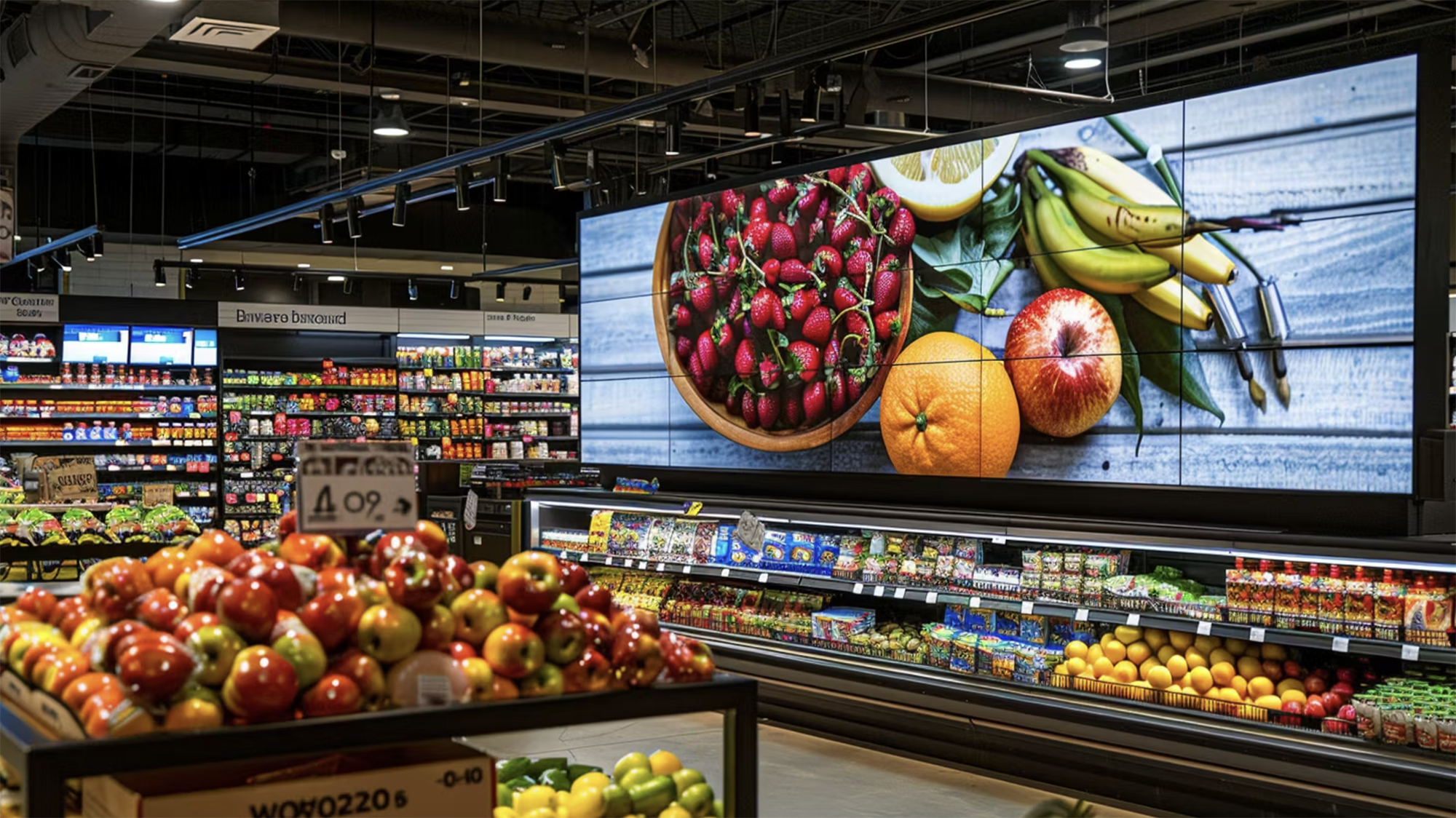Mastering Retail Media Networks
.jpg)
Retail Media Strategy
- 13% anticipated rise in retail media.
- 6.26% compound annual growth rate by 2031.
- critical components of retail media; customer retention, untapped audiences and consistent revenue growth.
Retail media networks serve as a collection of digital advertising channels, offering many options for advertisers in today's digitally-driven marketplace. These networks facilitate more engaging consumer interactions, presenting a valuable opportunity for additional revenue streams in an industry characterized by narrow profit margins, amidst challenges such as inflation, shifting consumer behaviors, and theft.
The critical question for modern marketers is identifying which retail media networks will excel in meeting their evolving needs. Grocers anticipate a 13% rise in their retail media revenue in 2024, with projections suggesting a compound annual growth rate of 6.26% by 2031. Establishing a successful strategy for retail media networks is crucial for business scalability and maximizing advertising returns. Below, we explore the key elements that define an effective retail media network.
How do we differentiate?
Grocers can set apart a successful retail media network by focusing on three critical factors: enhancing customer retention, reaching previously untapped audiences, and ensuring consistent revenue growth year over year.
The distinctiveness of a retail media network hinges on its ability to identify and utilize the most effective channels, precisely target the desired audience, and deploy targeted advertisements for specific product categories.
Consequently, a compelling proposition for a retail media network emerges from sophisticated audience targeting and segmentation, broadening consumer reach, and selecting the most appropriate channels for growth. Additionally, retailers must provide essential data and insights, including audience demographics, pricing strategies, product listings, and campaign details, to maximize the advantages offered by retail media networks.
Key Components of RMNs
The in-store environment creates a distinctive opportunity for advertisers to engage with consumers in a manner unmatched by other platforms. The flow of foot traffic through physical stores brings forth an attentive audience, granting advertisers a prime chance to significantly influence customer perceptions and behaviors. Some of the components used in In-store Digital media are mentioned below
In-Store Digital Advertising
Grocers operating brick-and-mortar locations have the distinct advantage of incorporating digital screens and smart cart technologies into their retail media networks. This integration allows for the presentation of targeted advertisements that are tailored to the shopping habits and preferences of customers as they navigate the store.
Displays and Screens
Leveraging digital displays strategically placed throughout the store can provide a dynamic platform for advertisers. Interactive screens can highlight product information, promotions, and engaging content, creating a connected shopping experience.
Shopping Cart and Basket Ads
Many of us are familiar with various forms of in-store advertisements. However, shopping carts and baskets represent a valuable advertising space that retailers are beginning to explore and leverage within their advertisement inventory. Given that nearly every shopper utilizes a cart or basket, these items become prime locations for brands to showcase their products or exclusive deals. Furthermore, the advent of smart carts equipped with screens opens the door to delivering personalized messages and information about rewards directly to the consumer.
Smart Tags and Aisle Signage
Smart tags emerge as a powerful tool for advertising within the retail environment. For example, a grocery store might collaborate with a technology provider to enable customers to scan QR codes or products, which would then present them with video content directly from the brand. This approach could also facilitate the distribution of digital coupons, rebates, or notifications about contests and promotions directly to the customer's mobile device.
Additionally, signage throughout the aisles, such as product displays or end cap highlights, plays a critical role in drawing the attention of shoppers in areas with high foot traffic. Some stores might also utilize floor decals as a means to spotlight certain products or guide customers towards specific aisles where those products are located, further enhancing the shopping experience.
Smart Shelf Technology
Integrating smart shelf technology can transform shelves into interactive displays. Customers can get personalized advertisements when they browse aisles; they can get all the product details from electronic labels; and shelves can detect when an item has been removed or purchased to help with inventory. Some smart shelves can also collect data and insights that will let retailers know more about their shoppers.
In-Store Audio Messaging
Utilizing in-store audio messaging allows retailers and brands to reach consumers through a bit of a different experience. Advertisers can craft impactful audio ads that resonate with shoppers. For instance, a home improvement store could feature audio messages promoting weekend DIY workshops or exclusive discounts. Same with a grocery store that may want to promote weekly sale items or featured products from their circular.
Omnichannel Campaigns
The integration of online and offline channels ensures that consumers receive a cohesive and unified brand message throughout their shopping journey, from digital ads seen on social media to promotions encountered in-store.
Content Partnerships
Collaborations between grocers and brands can yield rich content, such as recipe videos or articles that incorporate products available in-store or online. 17% shoppers look for recipes and creative ideas when they need to help plan a meal.This content not only engages customers but also drives sales by seamlessly integrating product placements.
Measurement and ROI Analysis
Tracking the performance of retail media campaigns in real time and making necessary strategy adjustments is crucial. Important metrics for this process include engagement rates, conversion rates, and return on investment (ROI).
Key Takeaway
By integrating these components into their retail media strategies, grocers can create a powerful ecosystem that enhances customer experience, drives sales, and strengthens brand loyalty, all while navigating the complexities of the digital age in 2024. It is crucial to track the performance of retail media campaigns in real-time and make necessary strategy adjustments.


.png)





.png)


